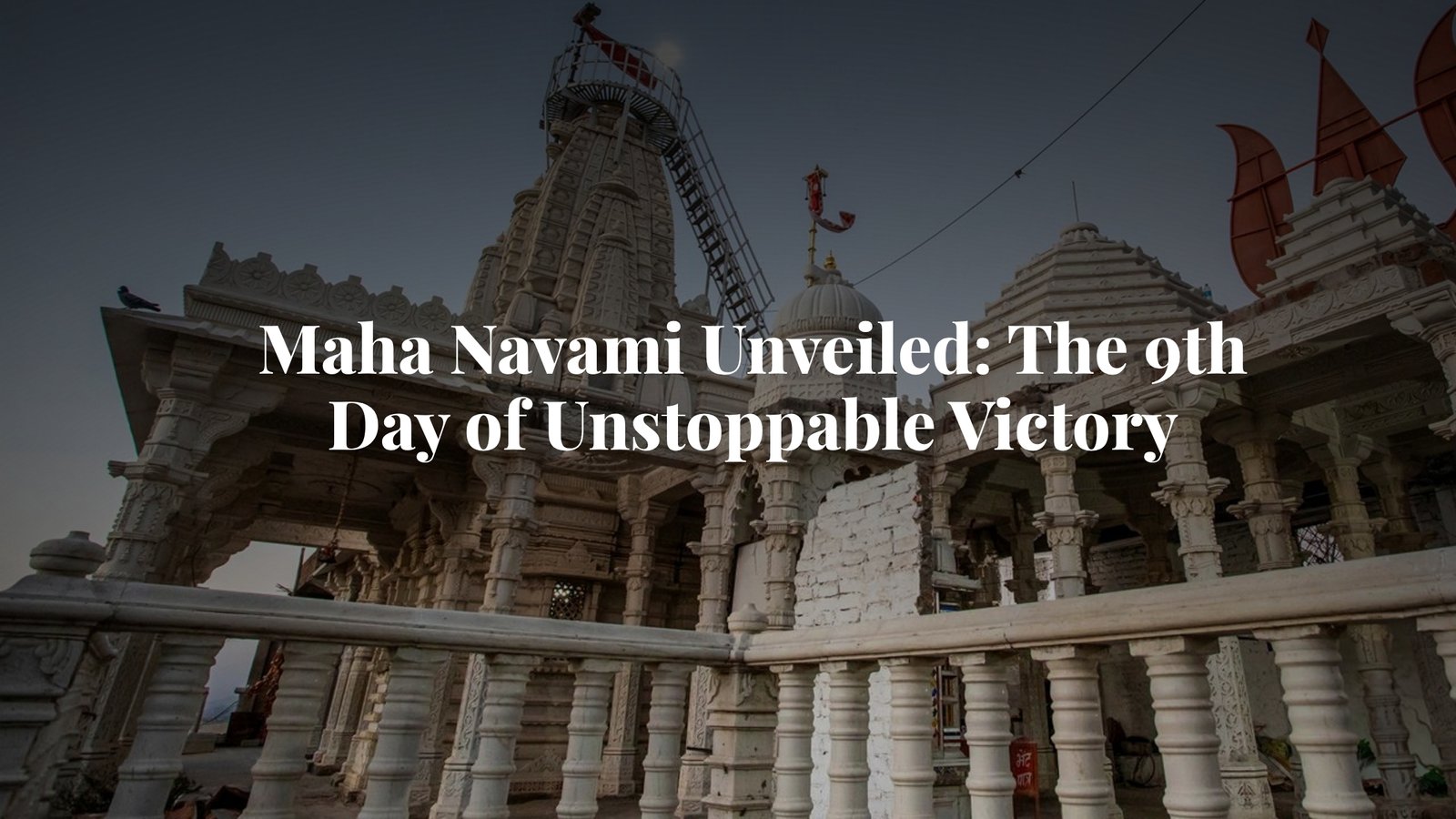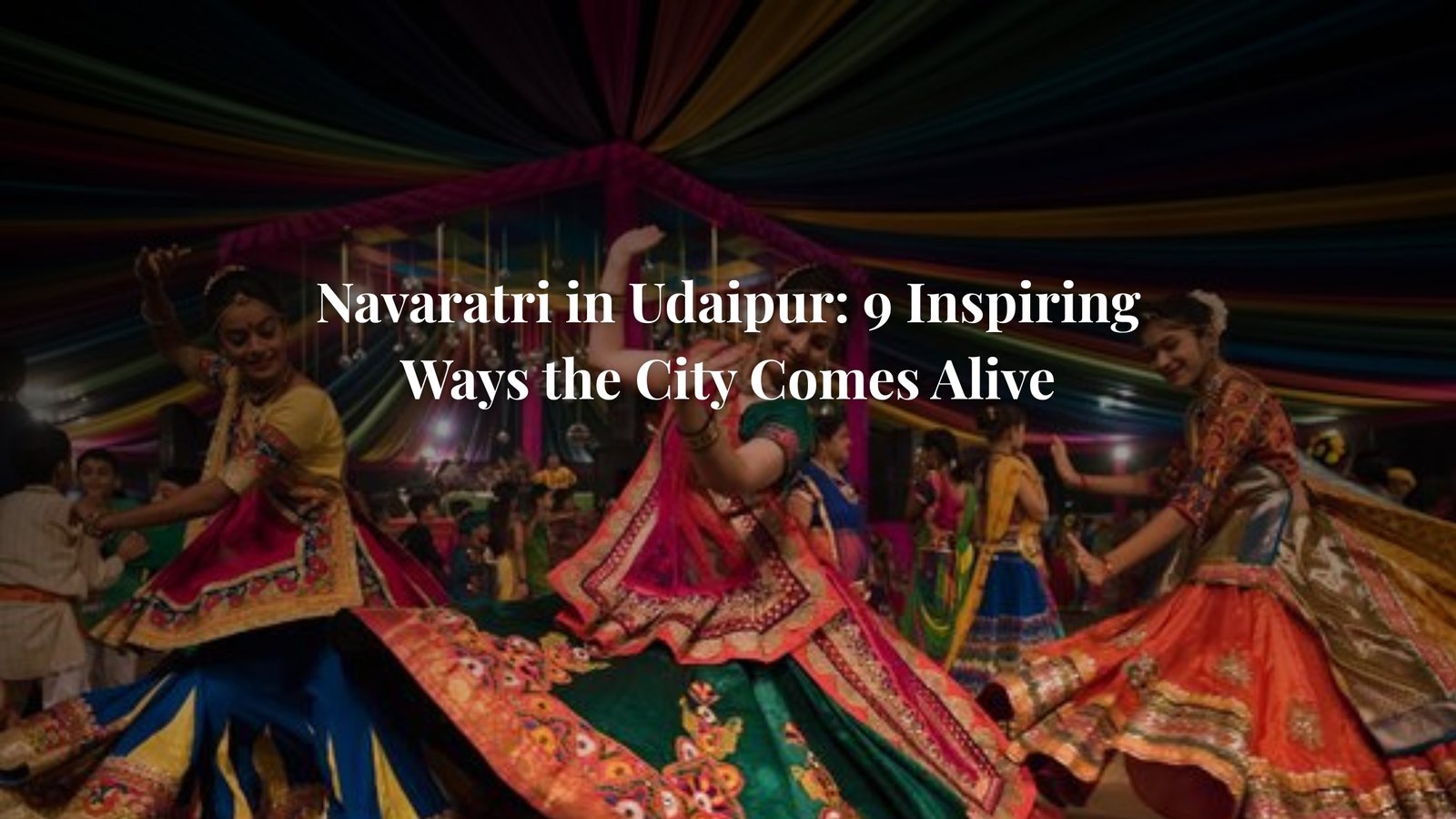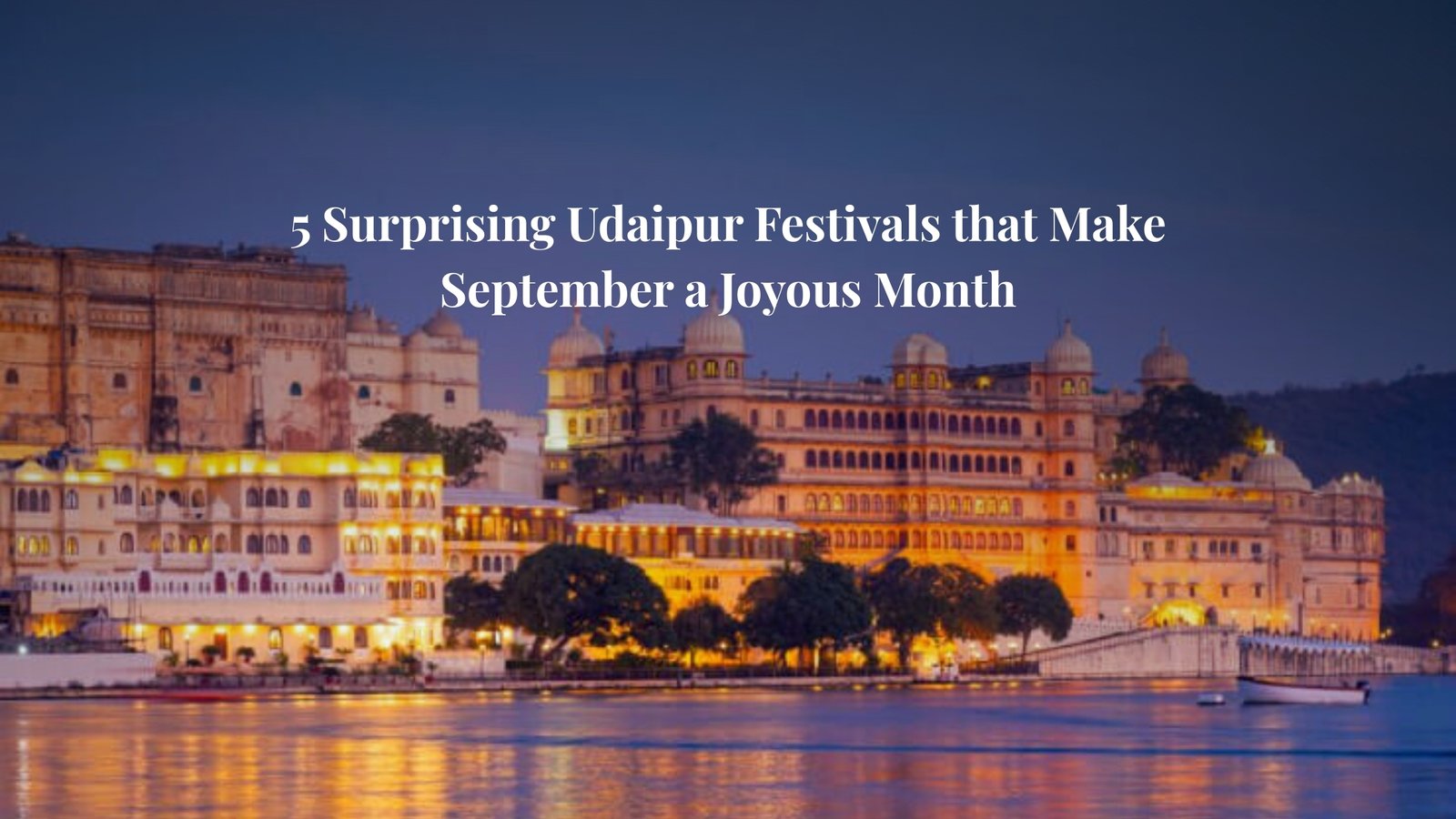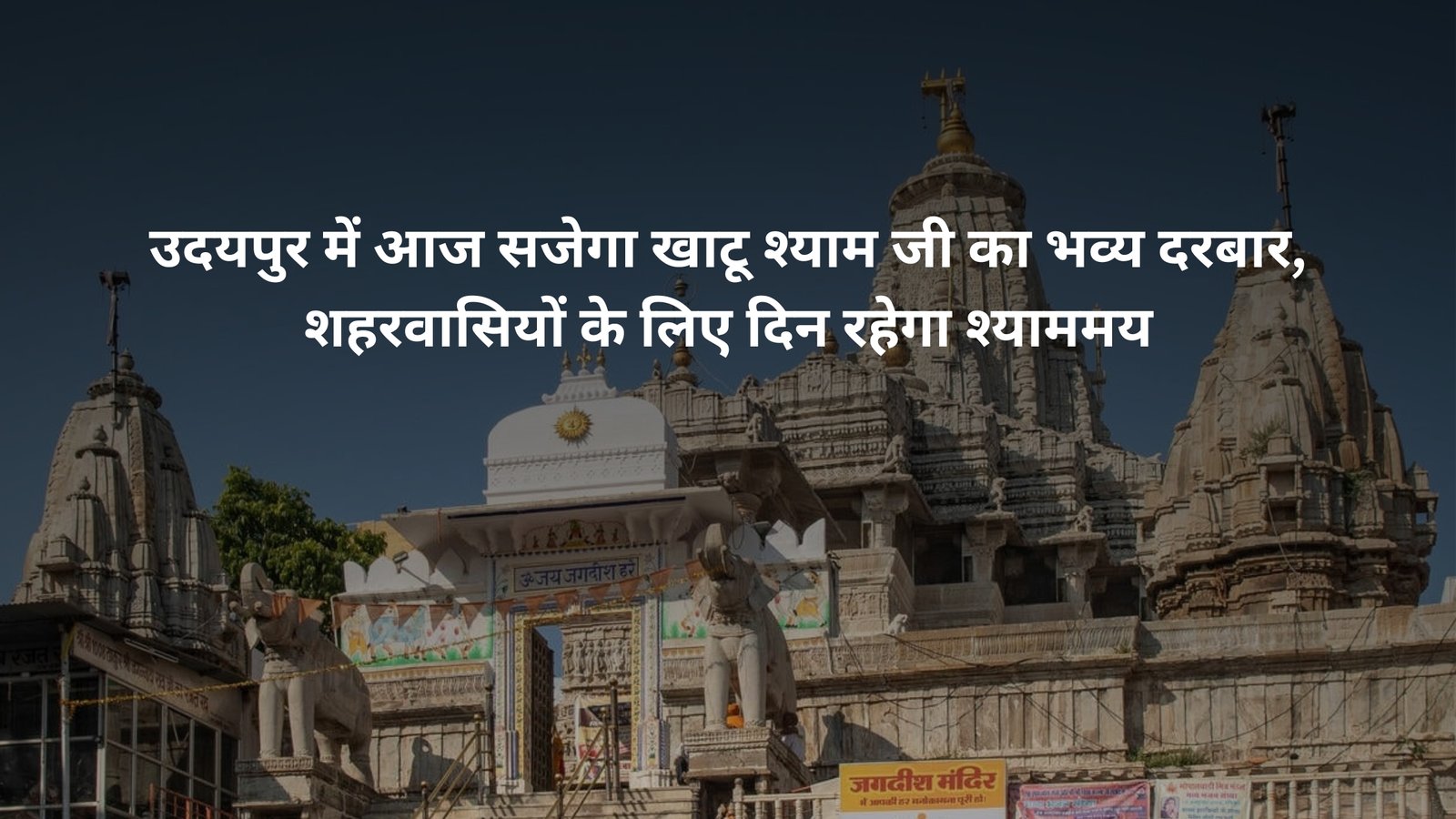Maha Navami: The Grand Finale of Navratri and the Triumph of Divine Power
The air is thick with anticipation. Nine nights of vibrant celebration, fasting, and devotion culminate in a single, powerful day: Maha Navami, the great ninth day of the Navratri festival. This is not just a day; it’s a spiritual crescendo, a final, ferocious flourish in the eternal battle between good and evil, and a profound homage to the all-encompassing power of the Divine Mother, Goddess Durga, and is celebrated grandly at Udaipur.
Observed on the ninth day of the Shukla Paksha (bright fortnight) of the Hindu month of Ashwin, Maha Navami is the spiritual high point before the final victory of Vijayadashami. While the first eight nights were a journey of spiritual cleansing, invoking eight different forms of the Goddess, the ninth day unites all that divine energy into a single, unstoppable force.
The Apex of Victory: Goddess Siddhidatri and Mahishasuramardini
Maha Navami is devoted to two profoundly significant aspects of the Goddess.
1. Maa Siddhidatri: The Grantor of Perfection
The primary deity worshipped on this day is Maa Siddhidatri, the ninth and final form of Goddess Durga. The name itself is a composite of ‘Siddhi’ (supernatural power, perfection, or accomplishment) and ‘Datri’ (giver). Maa Siddhidatri is the Goddess who grants all types of siddhis—not just mystical powers, but the wisdom, clarity, and prosperity that lead to spiritual and material fulfillment.
She is depicted seated on a lotus, sometimes riding a lion, with four arms holding a lotus, a mace, a conch shell, and a discus. Worshipping her is believed to remove ignorance, bestow knowledge, and fulfill all sincere desires, marking the completion of the spiritual journey begun on the first day of Navratri. Tantriks and Sadhaks, in particular, perform special pujas to please her and attain these divine powers.
2. Mahishasuramardini: The Slayer of the Demon
Beyond Maa Siddhidatri, Maha Navami marks the day when Goddess Durga, in her ferocious form of Mahishasuramardini (the slayer of the buffalo demon, Mahishasura), finally completed her battle with the demon. This is the moment before the final blow on Vijayadashami, and the energy of that great victory over darkness is what permeates the day. It’s a powerful reminder that no matter how mighty and deceptive evil becomes, the force of righteousness, represented by the Divine Feminine, will always prevail.
Sacred Rituals: The Day of Dedication and Worship
The rituals of Maha Navami are intensely spiritual and highly varied across different regions, yet they all share a common theme of culminating devotion.
The Sandhi Puja: A Powerful Conjunction
One of the most crucial and sacred rituals is the Sandhi Puja, performed precisely at the junction of the Ashtami (eighth) and Navami (ninth) tithis (lunar days). This juncture, lasting a mere 48 minutes (the last 24 minutes of Ashtami and the first 24 minutes of Navami), is considered the most auspicious moment of the entire festival. It’s the time when Goddess Durga is said to have assumed her fierce, world-destroying form of Chamunda to defeat the demons Chanda and Munda.
During the Sandhi Puja, devotees offer 108 lotus flowers and light 108 earthen lamps (diyas) to mark this profound transition and invoke the highest divine energy.
Kanya Pujan or Kumari Puja: Honoring the Living Goddess
Perhaps the most heartwarming and spiritually significant ritual is the Kanya Pujan (or Kumari Puja). Nine young, unmarried girls, who are believed to be the embodiment of the nine forms of Goddess Durga, are honored, worshipped, and revered.
The ritual involves:
- Washing their feet as a mark of respect, symbolizing the cleansing of one’s own ego.
- Applying tilak and tying raksha sutra (sacred thread) on their wrists.
- Serving them a special sattvic feast (pure and vegetarian food) which typically includes:
- Halwa (a sweet pudding, often made of semolina or moong dal)
- Poori (deep-fried, puffed bread)
- Sookha Kala Chana (dry, black chickpeas sautéed with spices).
- Offering them gifts like small pieces of clothing, bangles, or money as a final token of gratitude and respect for the Divine Feminine power they embody.
Astra Puja or Ayudha Puja: Worshipping the Tools of Life
In many parts of India, Maha Navami is also celebrated as Astra Puja or Ayudha Puja (Worship of Tools). Historically, this was when warriors would worship their weapons and armies would prepare for the final charge. Today, the tradition extends to all walks of life. People clean and worship the tools of their trade—from vehicles and factory machinery to books, computers, and musical instruments. This act is a gesture of gratitude, recognizing that these tools are the means by which the Goddess blesses them with prosperity and livelihood.
Navami Homa (Havan): The Concluding Fire Ritual
The day culminates with the Navami Homa or Havan, a sacred fire ritual. This is an elaborate ceremony where various offerings (havan samagri) like ghee, herbs, and sandalwood are offered into the fire while chanting sacred mantras. This fire is believed to purify the environment, cleanse the devotee of past sins, and mark the formal conclusion of the Navratri nine-day observance, carrying the accumulated spiritual energy into the day of victory, Vijayadashami.
A Taste of the Triumph: Maha Navami Cuisine
The feasting on Maha Navami is as significant as the fasts that preceded it. The traditional Bhog Prasad served to the young girls and later partaken by the devotees is the iconic trinity mentioned above: Poori, Halwa, and Sookha Kala Chana. These dishes are satvik—prepared without onion and garlic—to maintain the purity and sanctity of the offering.
The Flavors of Rajasthan’s Royal Festivities
While the Kanya Pujan food remains constant, a deeper dive into the region-specific festive foods reveals the rich culinary tapestry of states like Rajasthan. The “Land of Kings,” with its distinct culinary heritage, celebrates Navratri with pure devotion, often sticking to simple, delicious vegetarian fare.
For a grand, non-fasting feast that follows the puja, Rajasthani cuisine, which perfectly balances the scarcity of water with the abundance of dairy and spices, offers royal treats:
- Dal Baati Churma: The undisputed king of Rajasthani cuisine. The baked, ghee-laden baatis (wheat balls), the spicy dal (lentil mixture), and the sweet churma (crushed wheat, ghee, and jaggery/sugar) is a complete, satisfying celebratory meal.
- Gatte Ki Sabzi: Gram flour dumplings (gatte) cooked in a tangy yogurt-based gravy. It’s a creative and delicious solution for a region with limited fresh vegetables.
- Mawa Kachori and Ghevar: No Rajasthani festival is complete without these royal sweets. Mawa Kachori is a flaky pastry stuffed with rich khoya (reduced milk solid) and dry fruits, dipped in sugar syrup. Ghevar is a beautiful, disc-shaped, honeycomb-like sweet, soaked in sugar syrup—a delicate indulgence.
The Cultural Pulse: Garba in the Lake City, Udaipur
While Navami rituals are steeped in solemn devotion, the cultural celebrations of the preceding nights reach their peak. The folk dance of Garba—a beautiful, whirling dance that originated in Gujarat—has spread its infectious joy across neighboring Rajasthan, finding a particularly vibrant home in cities like Udaipur.
In the romantic Lake City, the traditional circles of Garba and the rhythmic clapping of Dandiya Raas are central to the Navratri experience. The dance is performed around the Garbha Deep—an earthen pot with a lamp inside, symbolizing the Goddess as the light of life within the vessel of the body.
Participants, dressed in magnificent, colorful, heavily embroidered Chaniya Cholis for women and Kediya-Dhoti or Kurta-Pajama for men, dance for hours. The energy is electric, with concentric circles of people moving in unison, their feet tapping out ancient rhythms, all of it an act of devotion to the Divine Mother. Udaipur’s grand melas and community grounds transform into spectacular dance arenas, bridging the cultural hearts of Rajasthan and Gujarat.
A Moment of Reflection and Conclusion
Maha Navami is a day of profound dual significance: it’s the fierce war cry of Mahishasuramardini and the benevolent blessing of Maa Siddhidatri. It reminds us that victory over external and internal demons requires both incredible strength and profound inner perfection. The rituals—from the solemn Sandhi Puja to the joyous Kanya Pujan and the high-energy Garba—are all different paths leading to the same destination: a deep, heartfelt connection with the source of all power, the Divine Mother.
As the smoke from the final Homa rises and the last steps of the Garba are danced, Maha Navami concludes the nine-day journey, leaving a potent charge of spiritual energy in its wake. This is the moment when the devotee is fully armed with the Goddess’s blessings, ready to step into Vijayadashami—the day of final, undeniable victory.
What is the most compelling aspect of Maha Navami for you—the power of the victory, the grace of Maa Siddhidatri, or the joy of the Kanya Pujan?




